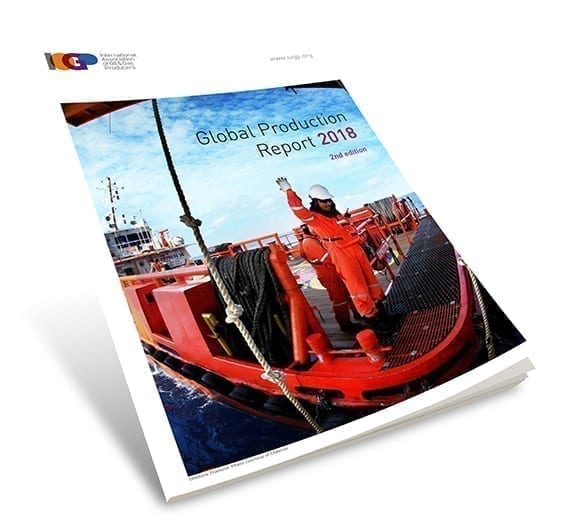
Approaching the end of self-sufficiency?
But Brazil’s production hits an all-time high
- Production: Problems in Venezuela lead to volumes as low as 14 years ago
- Demand: Demand down to the same level as 2012
Production fails to keep pace with demand

Political and economic disruptions have reduced the region’s export potential to 400,000 barrels per day. This compares to the average of one million barrels per day in the previous decade, which closed with a Production Indicator of 128%. In 1997, the Production Indicator had been 136%.
Then, and in 2017, Venezuela was the region’s biggest exporter. However, the country’s ability to sell oil to others dropped by 1 million barrels per day during the course of the decade.
Overall, in 2017 Central and South America produced 7.2 million barrels of oil per day – about 150,000 barrels per day less than a decade ago.
The biggest producer is Brazil. Its 2.7 million barrels per day (up by almost 50% in a decade) give it a 38% share of the region’s total production in 2017. Brazil overtook Venezuela as the region’s lead producer in 2016. In 2017, Venezuela’s share was 29%, followed by Colombia with 12%. Argentina and Ecuador are tied for fourth place with each producing about 8% of the region’s total. Argentina’s output has gone down 27% during the course of a decade.

Venezuela’s problems result in stagnating regional demand
In 2017, Central and South America needed 6.8 million barrels of oil per day. While this was up 18% since 2007, the level of demand remained virtually unchanged from 2012. Higher demand in many countries in the region was offset by a decline in Venezuela following the political and economic upheaval. The country experienced a 35% drop in demand to a mere 500,000 barrels per day.
The region’s biggest oil producer – Brazil – is its biggest oil consumer as well. In 2017 it consumed over 3 million barrels of oil per day, accounting for 44% of total demand. While Brazil is still not producing enough oil to meet its own needs, its Production Indicator has improved from 80% in 2007 to 90% in 2017.
In contrast, during the course of the same decade, Argentina went from being a net exporter, with a Production Indicator of 154%, to becoming a net importer. In 2017 its Production Indicator was 89%.
Other countries still producing more oil than they consume are Colombia, which in 2017 had a 500,000 barrel per day surplus and Ecuador, with a 300,000 barrel per day export potential.
What is left and where
Central and South America holds about 20% of the world’s oil reserves. The bulk of these regional reserves are in Venezuela. With 303 billion barrels of proved reserves, Venezuela leads the world in oil potential.
A distant regional second is Brazil, with 13 billion barrels of proved reserves – about equivalent to proven reserves in Europe as a whole.

The future for oil in Central & South America
Policy changes and new geological insight have rejuvenated Central and South America in the global oil supply equation, and Equinor has taken several new positions in the region. Adding to our longstanding positions in Venezuela and Brazil, we have accessed exploration acreage in Argentina, Nicaragua, Surinam and other South American countries.
Equinor has a strong position in Brazil and we see the country as a core area for long-term growth. We have a diverse portfolio with activities in all development stages from exploration to production. We have been present in Brazil from 2001 and commenced production from the Peregrino field in the Campos Basin in 2011.
The Peregrino field— with more than 170 million barrels of oil produced since 2011—makes Equinor the largest international operator in the country. Currently the company is developing two large projects in the Brazilian pre-salt: Carcará with more than 2 billion barrels of oil in Santos basin and the gas discovery Pão de Açúcar, with around 1 billion barrels of oil equivalent.
Brazil’s Santos and Campos basins also offers some of the most promising exploration acreage available to the industry on a global basis. Over the last year Equinor has participated in new offshore bid rounds, gaining access to significant acreage. We are very excited about the potential and look forward to participating actively in the efforts to unlock new oil and gas resources in these prolific basins.
Margareth Øvrum, Executive Vice President Development & Production Brazil, Equinor


